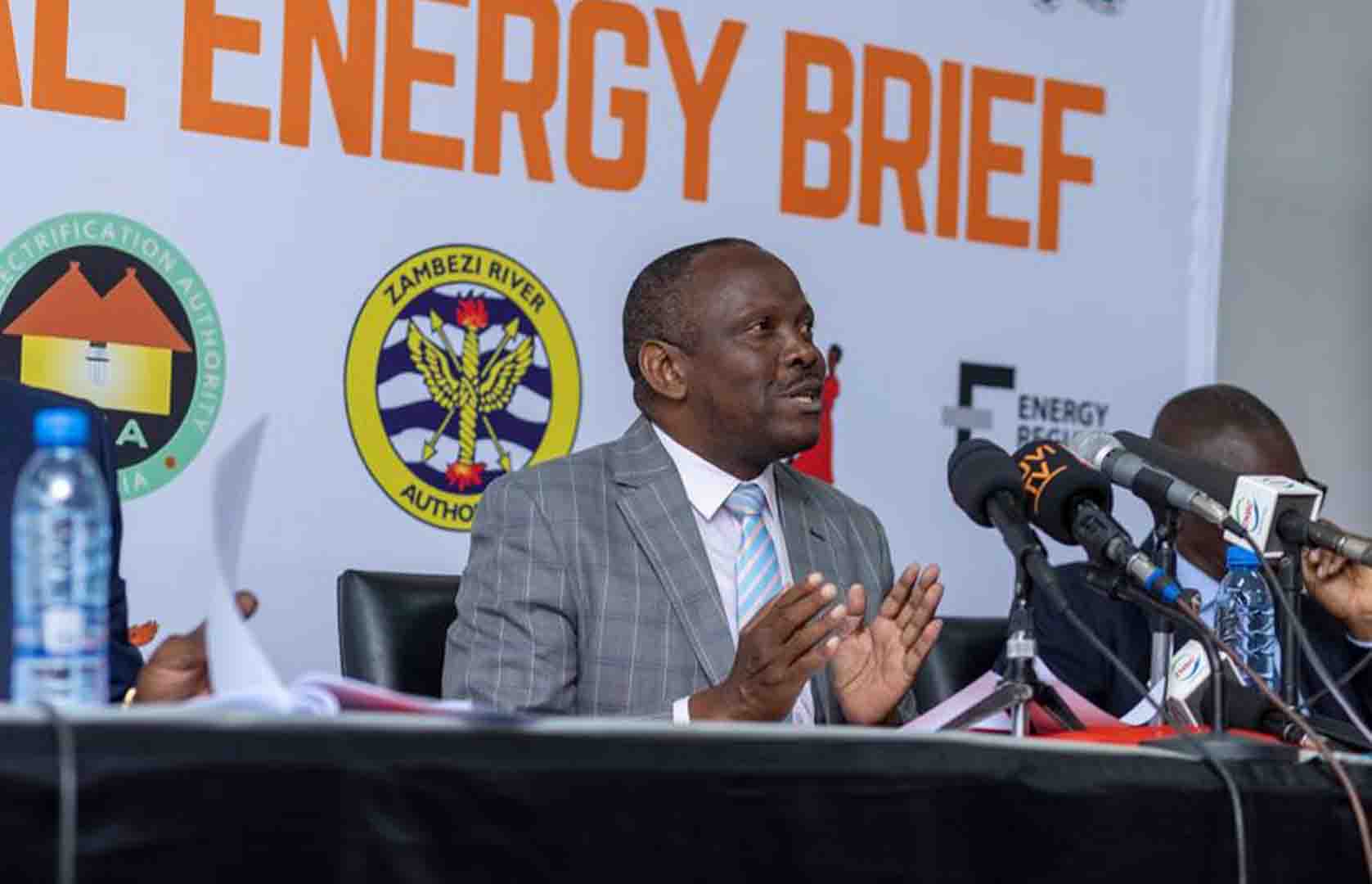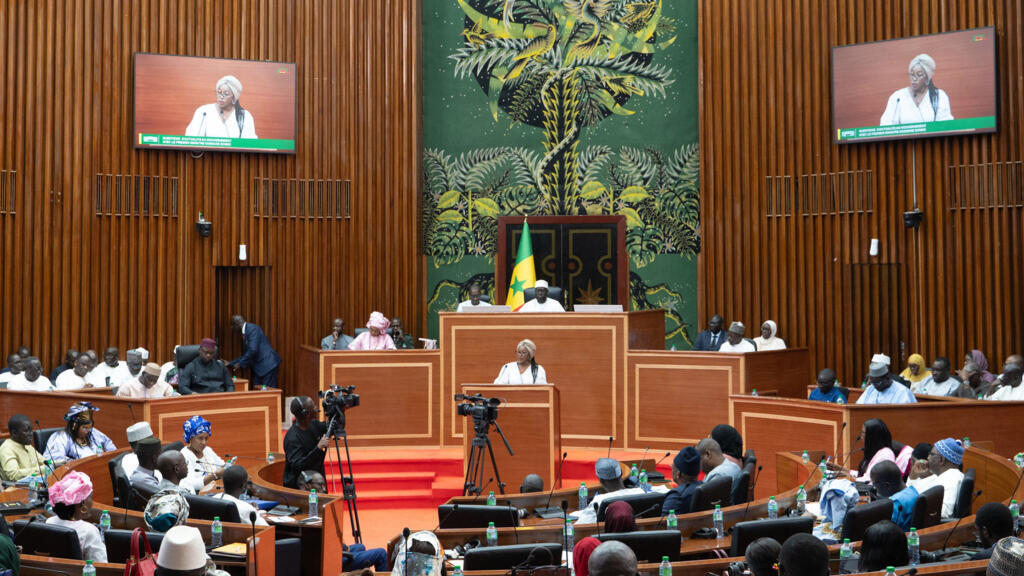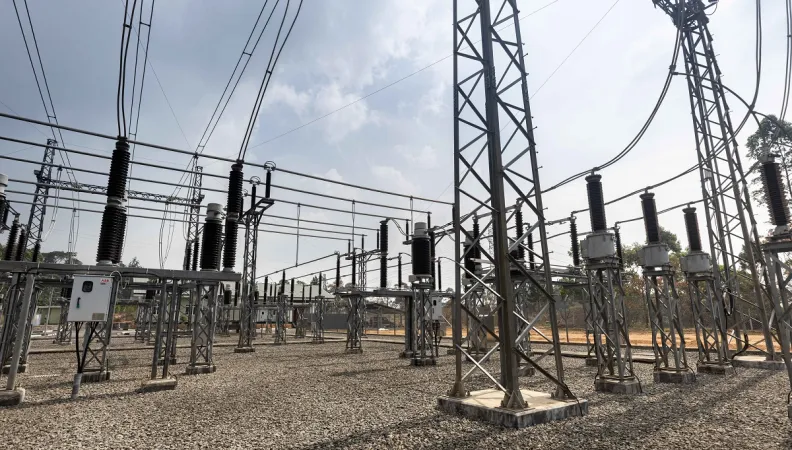Zambia Accelerates Energy Investment Pivot
Zambia’s presumptive approvals speed energy investment as Eurobond yields (ZAM10Y) hover near 9.8% and kwacha (ZMW=X) stabilizes at ₭26.5; commissioning 600 MW by 2027 could lift GDP by 1 ppt and compress spreads sustainably.

Zambia’s move to grant presumptive fast-track approvals for energy projects marks a strategic pivot from regulatory control to growth execution. With an estimated 1,200 MW generation shortfall following back-to-back droughts that reduced hydro output, the government is treating energy supply as macro infrastructure, not sectoral policy. Streamlining approval timelines—reducing solar licensing from six months to 48 hours—signals that capital, not bureaucracy, will drive future power expansion.
The policy’s aim to commission at least 600 MW of new capacity by 2027 could reduce import dependence, stabilize power availability, and compress Zambia’s sovereign risk premium embedded in Eurobond yields.
The macroeconomic logic is linear. Additional power supply lowers industrial bottlenecks, enhances productivity, and anchors inflation expectations. Real GDP expanded by 3.4% in 2024, below the five-year average of 3.9%, as rationing constrained mining, manufacturing, and agriculture. Inflation averaged about 13.5%, with food and fuel volatility spilling through supply chains. By cutting permitting time and regulatory uncertainty, project financing cycles are shortened by several quarters, reducing developers’ weighted cost of capital by roughly 150–200 basis points.
Each incremental 100 MW of renewable capacity could lift annual GDP by 0.1 percentage point while displacing $40 million in diesel imports, narrowing the current-account deficit, and supporting the kwacha (ZMW=X), which has strengthened to ₭26.5 per USD after sharp depreciation earlier in 2025.
Fiscal arithmetic reinforces the urgency. Public debt remains close to 90% of GDP despite restructuring, while Eurobond yields (ZAM10Y) hover around 9.8%, signaling limited fiscal headroom. With constrained sovereign borrowing capacity, the state is acting as a regulatory catalyst rather than financier. Accelerated approvals and contract standardization reduce perceived project risk, attract blended-finance participation, and anchor foreign capital in the energy sector.
Improved electricity reliability reduces imports, trims the fiscal deficit projected near 5% of GDP in 2025, and strengthens FX reserves, which recently recovered above USD 3 billion. The broader macro effect is disinflationary, as electricity stabilization curbs imported fuel demand and improves price predictability for manufacturing and transport.
Hydropower still supplies over 80% of generation, leaving the grid exposed to rainfall variability. Fast-tracking solar, wind, and mini-hydro aims to lift the non-hydro share to 25% by 2027, smoothing seasonality and strengthening base-load security. The payoff extends to mining, Zambia’s principal source of export earnings and fiscal receipts.
Copper output fell from roughly 800,000 tonnes in 2022 to about 690,000 tonnes in 2024 amid outages and water stress, cutting export revenues and widening the fiscal gap. With copper (HG=F) prices stabilizing around USD 8,000 per tonne, a 10% improvement in energy reliability could add USD 700 million in exports and 0.7 percentage point to real GDP, while improving debt-service capacity and credit metrics.
Investor perception hinges on execution. A credible acceleration in grid capacity could narrow hard-currency spreads by 75–100 basis points within 12 months and ease refinancing costs. Stronger power reliability also improves the transmission of monetary policy, allowing the Bank of Zambia to maintain its 12.5% policy rate without destabilizing inflation expectations. Local banks benefit from lower project-risk premiums and stronger collateral profiles for energy-backed loans. Climate-linked and ESG funds will likely re-enter if Zambia sustains transparency in permitting and ensures environmental due diligence.
Risks are measurable. Rapid approvals must not compromise compliance or plant quality. Transmission infrastructure requires parallel investment to prevent grid congestion and line losses—still above 20% of distributed power. Dollar-denominated capital expenditure exposes projects to FX risk if export receipts weaken, while cost-reflective tariffs remain politically sensitive. Execution discipline and regulatory continuity will determine whether the reform produces lasting energy security or temporary optics.
By end-2027, three indicators will confirm success: at least 600 MW of new contracted capacity, a 40–50% reduction in outage duration, and sovereign yields tightening below 9%. If these metrics are achieved alongside a stable USD/ZMW corridor, Zambia will have demonstrated that regulatory reform can yield fiscal resilience and credit improvement through supply-side repair. Failure to meet these benchmarks risks restoring the country’s dependence on rainfall and external bailouts rather than on policy credibility.





